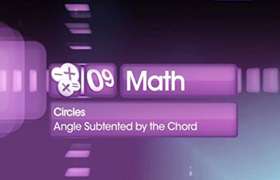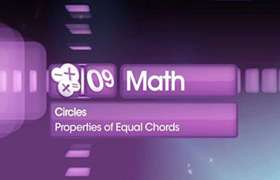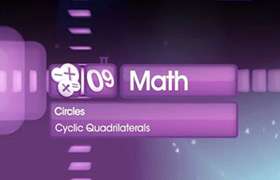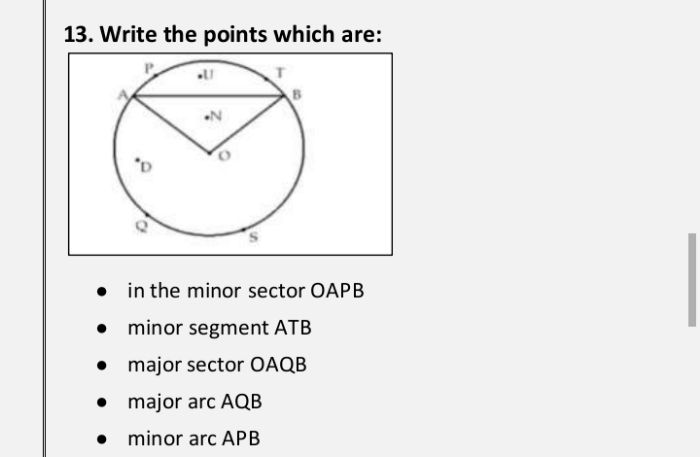CBSE Class 9 Answered
ABCD is a cyclic quadrilateral with AD parallel to BC, prove that AB=CD.
Asked by saima zainab | 03 Mar, 2011, 06:25: PM
 Dear Student,
Dear Student,Following is the solution to your question
At the inage provide ABCD is a cyclic quadrilateral with AD parallel to BC ABCD is a trapezium as well and
angle A + angle B = 1800
Also angle A + angle C = 1800
because they are opposite angles of a cyclic quadrilateral
which means angle B = angle C,
which means AB = CD, because if adjacent angle (Angles formed on parallel side)of a trapezium are equal then non parallel sides are equal
Regards
Team Topperlearning
Team Topperlearning
Answered by | 09 Mar, 2011, 11:04: AM
Application Videos
Concept Videos
CBSE 9 - Maths
Asked by indu.suresh1220 | 27 Dec, 2023, 11:12: PM
CBSE 9 - Maths
Asked by subbusuchi1978 | 05 Nov, 2023, 10:24: AM
CBSE 9 - Maths
Asked by rameshsonkar1234ramesh | 21 Dec, 2022, 11:03: PM
CBSE 9 - Maths
Asked by sdmbotch1123 | 17 Dec, 2022, 09:39: PM
CBSE 9 - Maths
Asked by geetaradha8835 | 16 Dec, 2022, 07:59: PM
CBSE 9 - Maths
Asked by chalkekalyani80 | 06 Mar, 2022, 11:25: AM
CBSE 9 - Maths
Asked by sangeetabharti123456789 | 22 Feb, 2022, 09:01: AM
CBSE 9 - Maths
Asked by manognareddy.p28 | 25 Jul, 2021, 12:52: PM
CBSE 9 - Maths
Asked by Samidhaindulkar133 | 11 Mar, 2021, 04:03: PM













